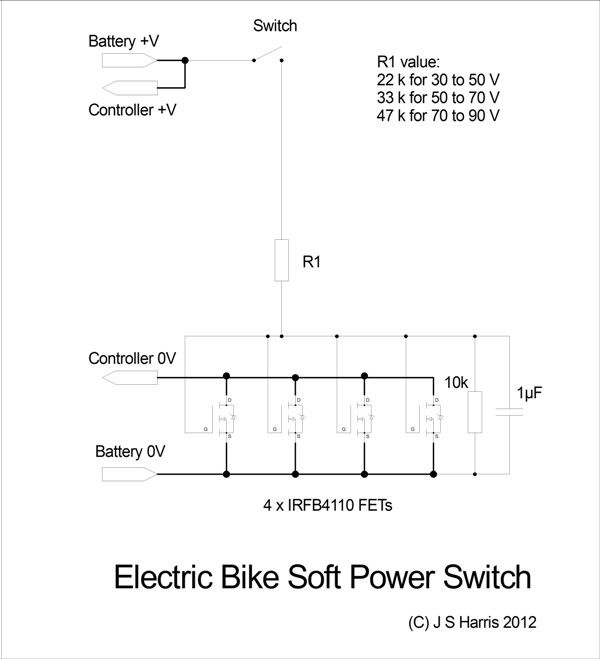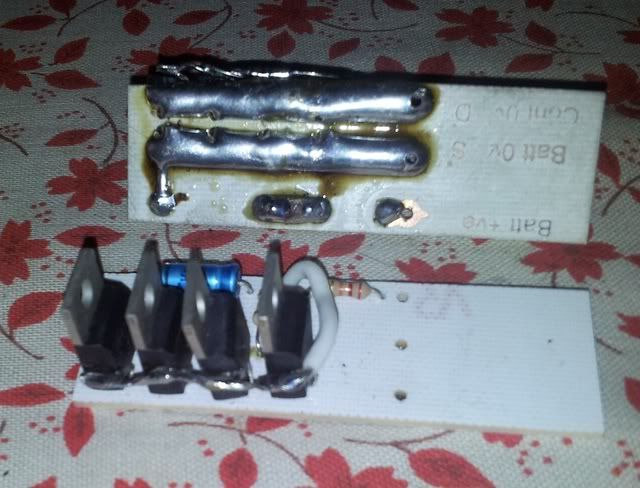hi. i'm wondering if anyone can point me to a place to buy an on-off switch for my ebike. i struggling to find a source of one that meets my battery and motor requirements, and ideally i'd like to buy it from a UK supplier.
so the motor is rated to 30A maximum continuous discharge and i have a 42V battery (10S li-ion 18650's)
it would also need to be waterproof and protrude less that 11mm so toggle switch might be too tall
RC components don't seem to go above 10/15A and car stuff is 12V so don't seem to find what i need. any advice of the industry to look in would be great thanks.
so the motor is rated to 30A maximum continuous discharge and i have a 42V battery (10S li-ion 18650's)
it would also need to be waterproof and protrude less that 11mm so toggle switch might be too tall
RC components don't seem to go above 10/15A and car stuff is 12V so don't seem to find what i need. any advice of the industry to look in would be great thanks.
Last edited:



